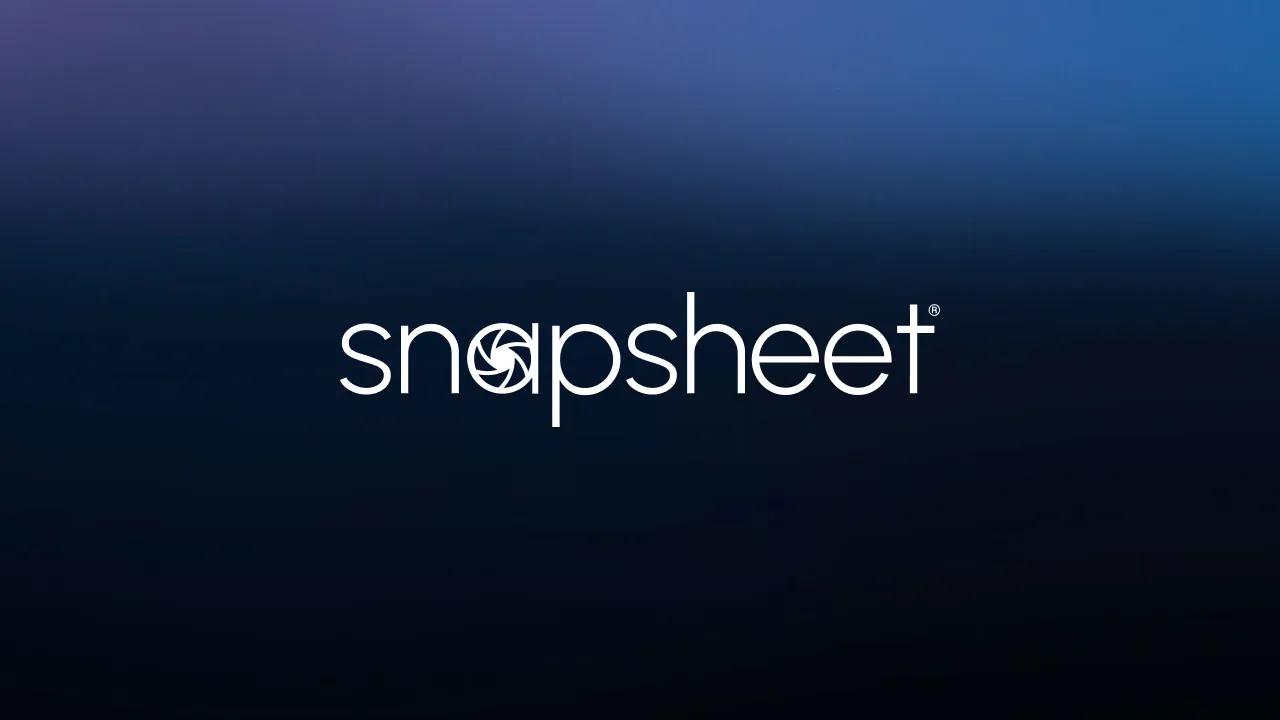Generative, deep learning, machine learning, LLMs, prompt engineering, agentic, autonomous. All the AI buzzwords saturating everyday conversations make it difficult to decipher what forms of AI there are, how capabilities differ, and what it means for different industries.
For P&C, the rise of Generative AI sparked rapid acceleration of R&D across everything from underwriting and marketing to billing and claims operations. But as tools kept coming, the limitations of GenAI became clear when it came to handling specificity, adjusting to edge cases, or taking action outside of analyzing and regenerating existing data.
Early use cases of AI in P&C looked like simple automation of manual tasks like summarizing adjuster notes, drafting emails, or flagging potential fraud based on patterns it was trained to identify. The evolution of AI-powered insurance tools has entirely changed how underwriting, communications, and claims are handled across every line of business.
But like most technology, the next iteration was already in development, and it’s here. Agentic AI marks a new evolution in automation, capable of tackling complex challenges, taking autonomous action, and simplifying intricate processes like building and deploying workflows. These systems don’t just generate content like their predecessors. Agentic has the power to completely transform the way we work, helping us to make decisions, adapt to changing conditions, and execute tasks—all within the parameters we provide it.
Where Agentic AI differs from GenAI
GenAI has a critical role in claims. It excels at instant analysis and content generation, and can follow natural language prompts for summarization, data validation, and similar tasks in seconds. This saves adjusters and admins countless hours over the lifecycle of a claim.
But Agentic AI takes action. It can make decisions, adapt to evolving claim details, and operate autonomously to reach defined outcomes, alerting adjusters only when human input is required. This shifts workflows from reactive to proactive. It creates a system that anticipates and initiates work in real-time without requiring constant prompting.
What Makes Claims Workflows an Ideal Use Case For Agentic AI
Even as technology advances across insurance operations, claims remain the defining moment of truth for carriers. Yet many claims teams continue to rely on siloed systems, manual triage, and fragmented workflows due to a lack of resources to automate operations or a lack of understanding of where to start.
Agentic AI can change that narrative. It can:
Execute multistep workflows independently.
From gathering evidence to coordinating service providers and payments, Agentic AI can manage routine claims from start to finish entirely touchless.
Collaborate with adjusters in real-time.
For complex claims, Agentic AI can assist human adjusters with providing relevant policy clauses or exclusions, suggesting negotiation strategies, or simulating potential outcomes to inform decision-making.
Coordinate catastrophe responses.
During large-scale natural disasters, Agentic AI systems can track changes, identify at-risk properties, initiate early claims notifications, and begin outreach before claims are formally filed.
Automate subrogation workflows.
By identifying recovery opportunities, predicting liability, and initiating subrogation files, Agentic AI improves accuracy and recovery rates without costing carriers more.
What Claims Leaders Should Consider
As Agentic AI becomes a practical reality, claims leaders should:
- Redefine human roles - As AI agents take over repetitive tasks, human adjusters evolve into strategic problem solvers focused on high value decisions.
- Prioritize control - Agentic AI opens up a new segment of opportunities, but it requires precise, methodical guardrails in high-value use cases like claims. Agentic AI tools that are configurable, coachable, and compliant with any set of rules or parameters provided are the ones that will be the most powerful in claims.
- Scale thoughtfully - Start by adopting Agentic AI for specific use cases and scale based on measurable impact.
For claims organizations, the shift from GenAI to Agentic AI isn’t just technical; it’s operational. It’s a movement towards claims that don’t only anticipate, but act and continuously improve, delivering faster resolutions and more resilient operations.

.png)
